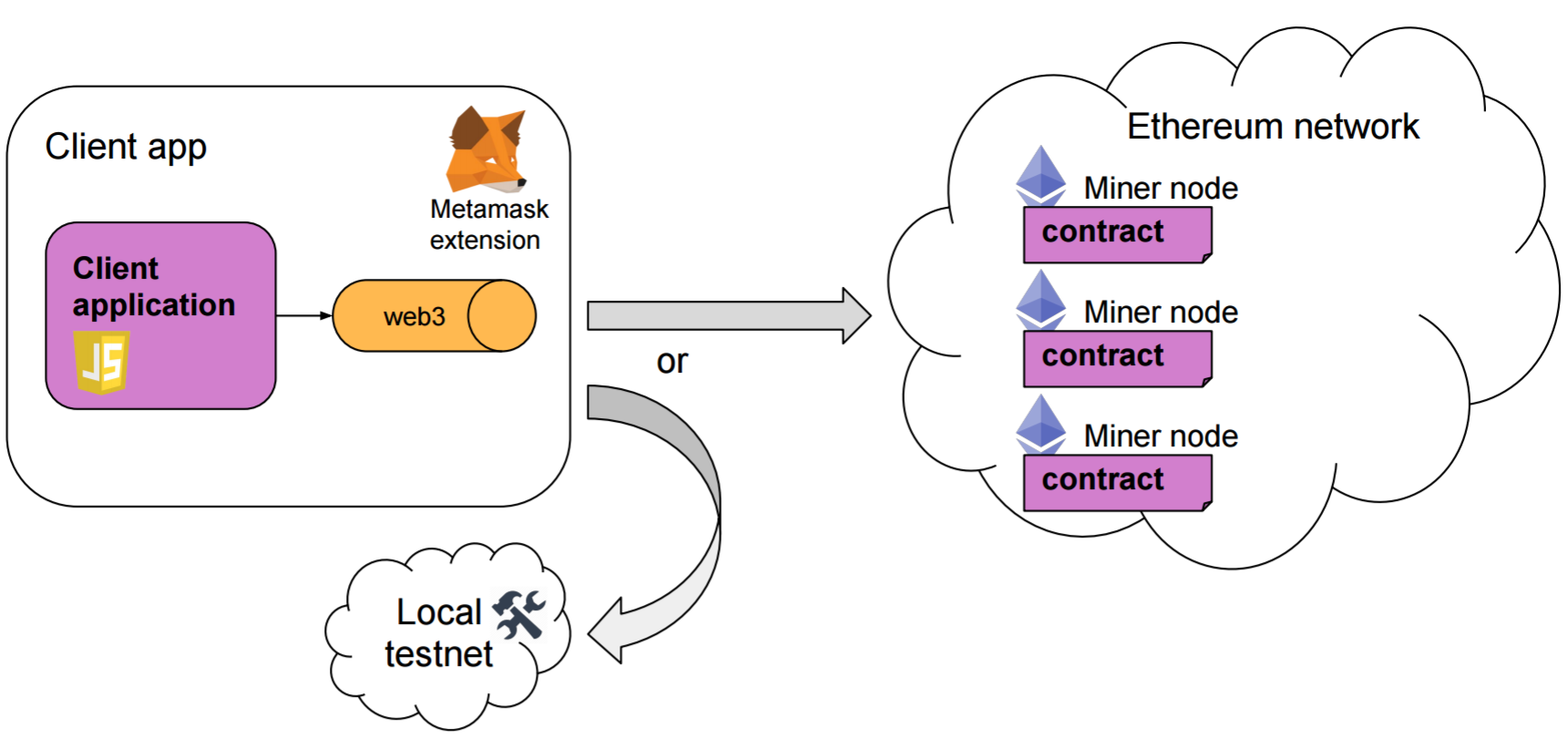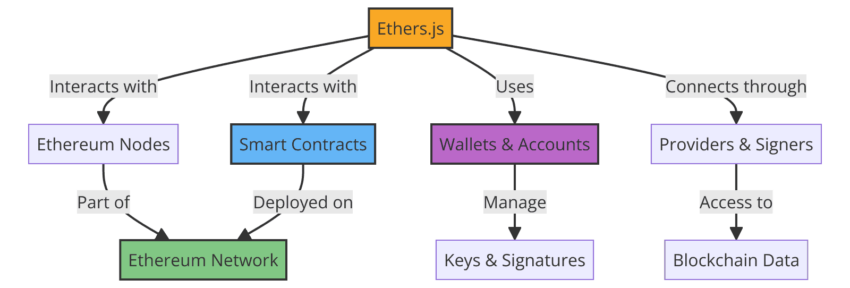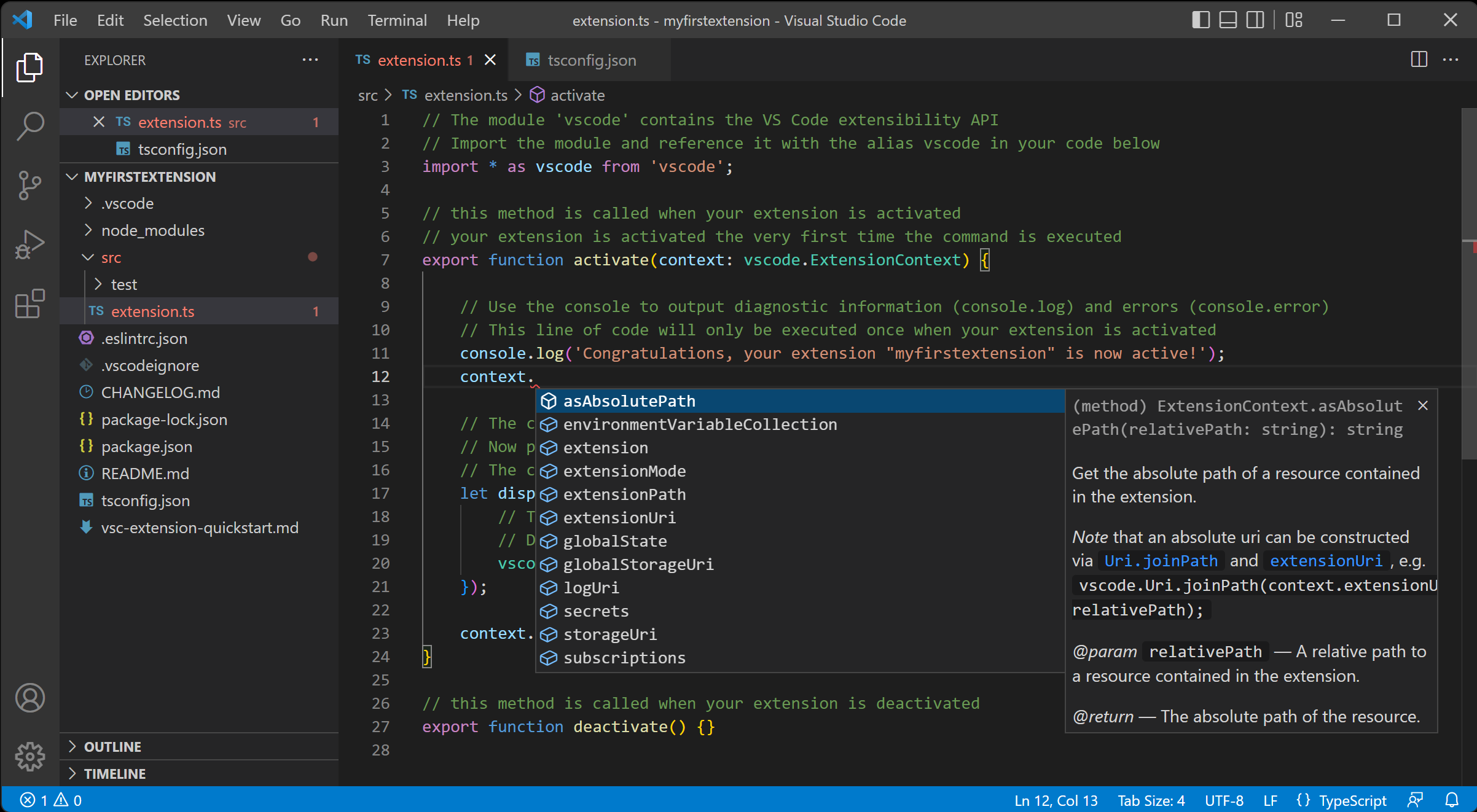Look, if you've been building on Ethereum for a while, you know the pain. Ethers.js works, sure, but it's heavy as fuck and the TypeScript support feels like an afterthought. Web3.js? Don't even get me started on that legacy mess.
Viem is what happens when someone actually thinks about what developers need in 2025. Built by the wevm team, it's basically "what if we rebuilt Ethers but didn't suck at TypeScript?"

Core Philosophy and Design
Viem was built from the ground up with four key principles driving its architecture:
Developer Experience: The types actually work. Like, really work. No more wrestling with any types or manually defining contract interfaces. Viem infers everything from your ABI and doesn't make you write a bunch of boilerplate just to call a function.
Performance: Your bundle won't be a bloated nightmare. Viem is way smaller than Ethers - we're talking like 35KB vs 130KB+. Tree-shaking actually works, so you only ship what you use. Check the bundle size comparison yourself.
Types That Don't Lie: Everything is typed properly from day one. Pass in a contract ABI and Viem knows what functions exist, what parameters they take, what they return. No more contract.functions.something() returning any and hoping for the best. The TypeScript integration is actually well-designed.
Actually Modular: You can import just the shit you need. Unlike other libraries where importing one function pulls in half the internet, Viem lets you cherry-pick. Your build tools will thank you.
How It Actually Works
Instead of one giant client that does everything, Viem splits things up logically:
- Public Client: Read stuff from the blockchain - balances, contract state, whatever
- Wallet Client: Sign transactions, deal with user wallets
- Test Client: Local dev stuff with Anvil/Hardhat/Ganache

This isn't just architectural masturbation - it means you don't load wallet code when you're just reading data. And they use native BigInt instead of pulling in some heavy BigNumber library. One less dependency to worry about. Check out their client architecture docs for the full breakdown.
Who's Actually Using This
The download numbers speak for themselves - 1.9+ million weekly downloads as of August 2025. That's not just hype, people are actually shipping this in production.
Big names like Stripe, Uniswap, Rainbow, WalletConnect, and Paradigm have switched over. Wagmi (the React hooks everyone uses) is built on top of Viem. When the ecosystem starts moving, that usually means something's working.
The test coverage is solid at 99.8% and they run tests against actual forked networks, not just mocked bullshit. The testing setup is actually comprehensive. I've been using it in production for months and haven't hit any weird edge cases that made me want to switch back to Ethers. Check the GitHub issues - most problems get fixed fast and the maintainers actually respond.


